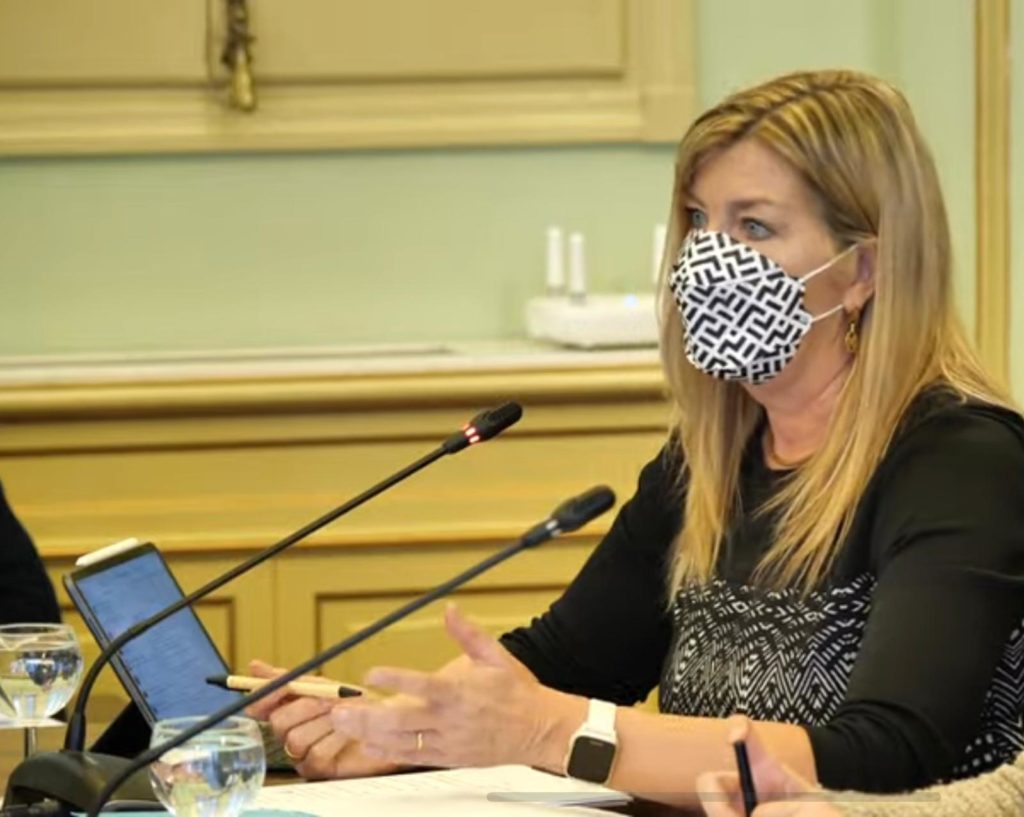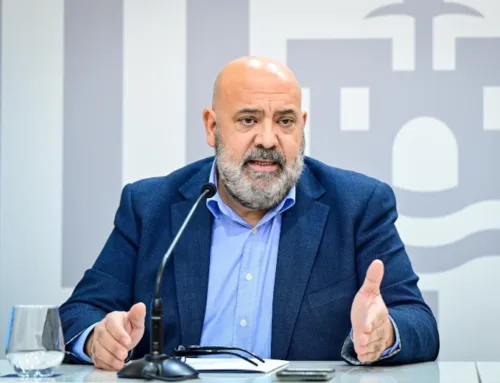The Minister of Health and Consum, Patricia Gómez, explained in Parliament that the Balearic Islands registered the lowest cumulative fatality rate in the State in the sixth wave. This indicator, which shows the proportion of deaths that occur among infected people, is 0.5%, while the state average is 0.9% and there are communities that multiply the figure for the Balearic Islands by three. In total, 248,682 cases and 1,206 deaths have been registered on the islands.
During her presentation, the Minister recalled that the sixth wave has led to an outbreak of cases due to the emergence, worldwide, of the omicron variant, more transmissible than its predecessor, the delta. For this reason, there have been more cases than in the set of all the previous ones. In total, since October 18, 150,000 cases and 190 deaths have been recorded. Therefore, in this sixth wave, the lethality drops to 0.1%.
These data, the Minister stated, demonstrate the efficacy of the vaccines and also the commitment and civic spirit of the citizens of the islands, who have been involved individually and collectively in the fight against the pandemic.
Gómez has highlighted that the Balearic Islands have been mostly below the Spanish average in terms of the accumulated incidence, both at 14 and 7 days. In addition, the epidemiological situation has clearly improved during the month of February on the islands. AI 14 has gone from 2,819 cases per 100,000 inhabitants on day 1 to 1,165 on February 14. The hospital situation has also improved: from 89 people in the ICU and 404 admitted to the ward on February 1 to 56 in the ICU and 300 on the ward today.
Thus, in the last two weeks, practically all the indicators have had a decrease of 40%: the positivity rate, the number of cases and the accumulated incidence.
Detection capacity and adaptation of the circuits
As for the sixth wave, the minister stressed that the very good capacity of the Son Espases Microbiology Laboratory to detect new variants has allowed the Balearic Islands to be one of the first communities to report the arrival of omicron and adapt diagnostic strategies and tracking, again and quickly, as well as reapplying the care contingency plans.
“We have created new circuits for diagnosis, we have opened new lines to carry out tests, we have replaced PCR with antigen tests, we have launched a new website for the self-management of COVID and the processing of sick leave”, he quoted. the Minister, who has also referred to the agreement with the College of Pharmacists from which almost 200 pharmacy offices offer to supervise and communicate the self-test of citizens to the Health Service.

The Minister of Health and Consum, Patricia Gómez. Photo: GOIB.







Leave A Comment